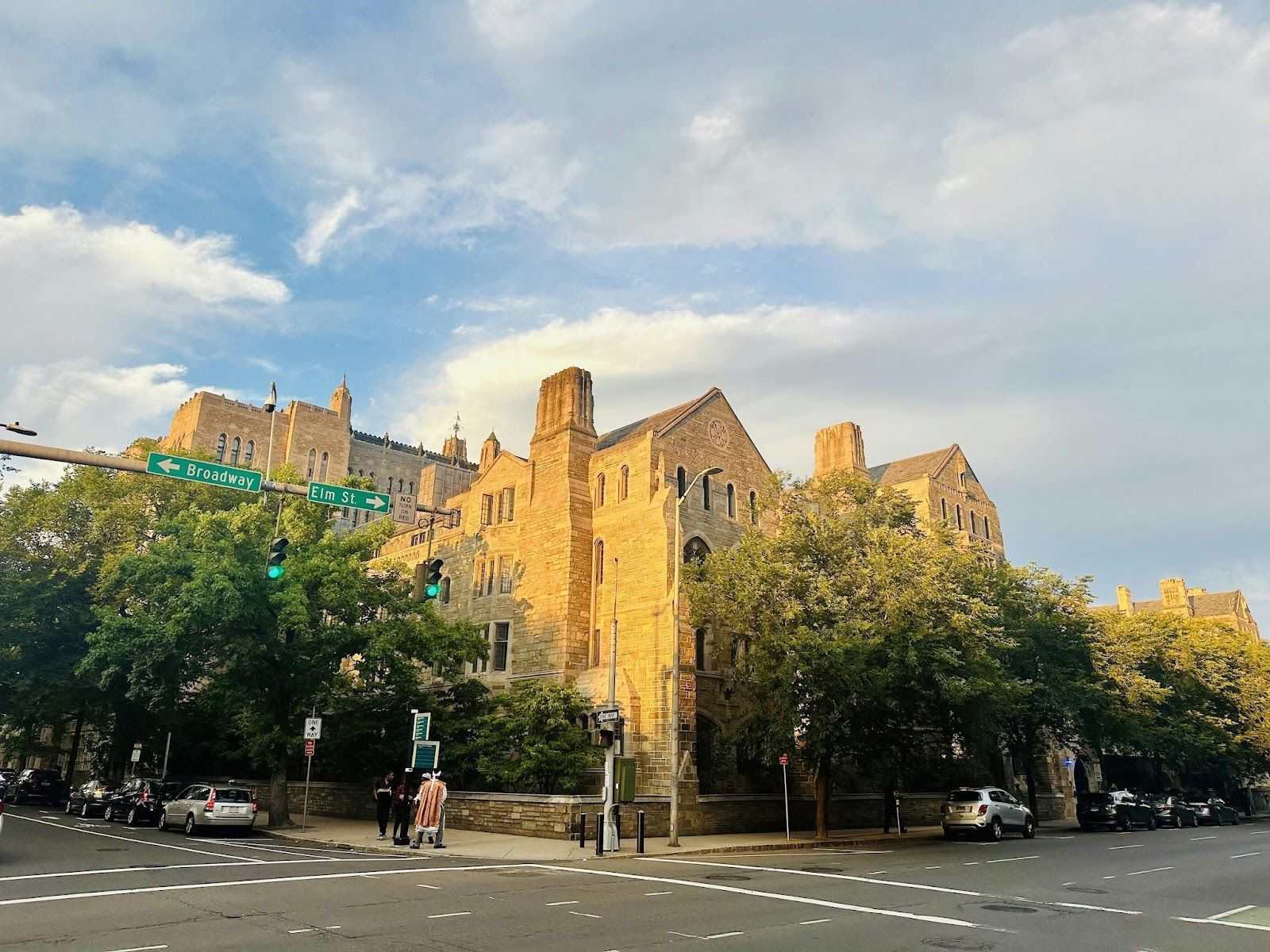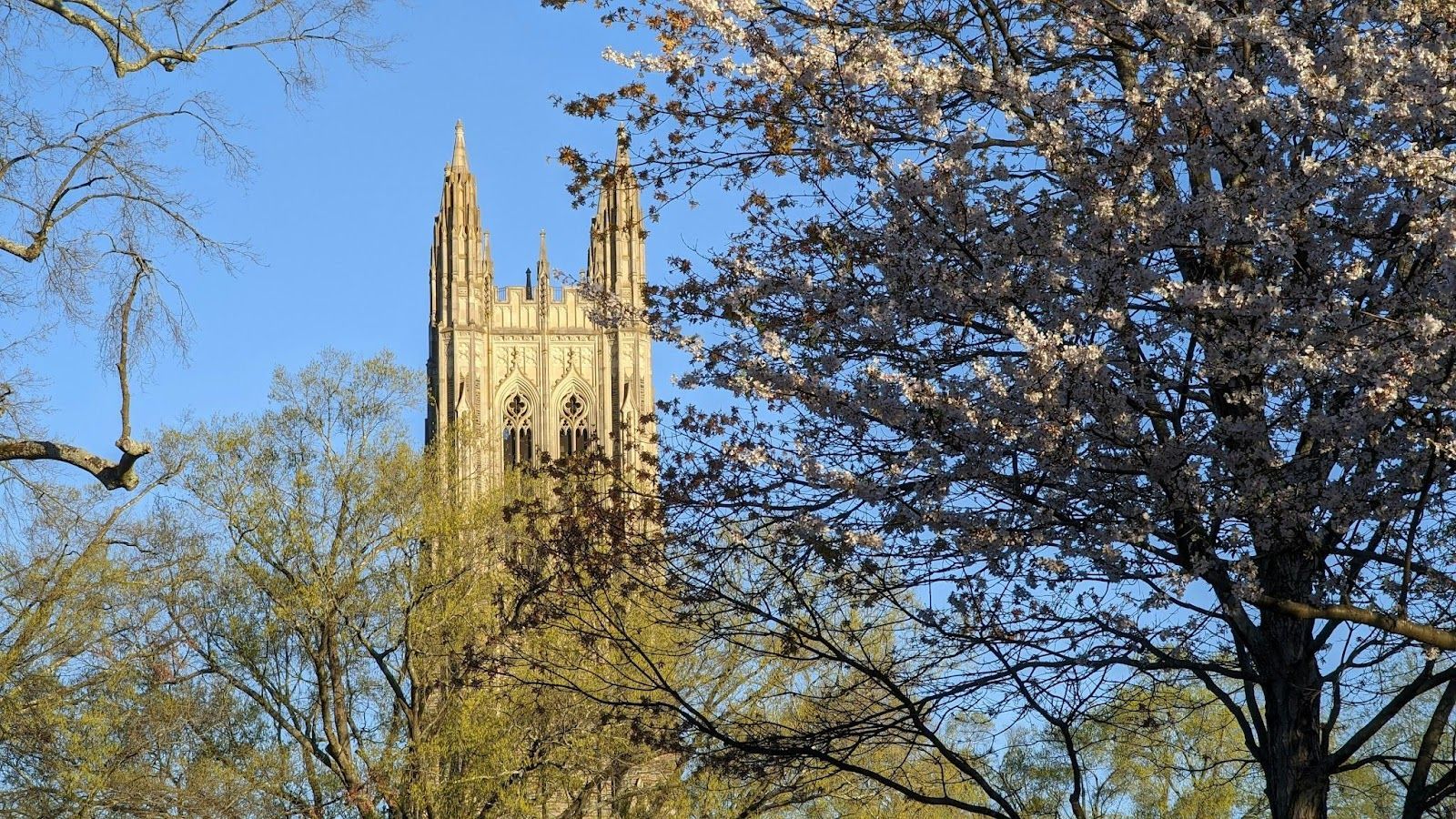Delicious read
Stilton, Colby, Cheddar… Where do all these cheeses originate from?
Published on May 12, 2025
 Credit: Lauren Forando
Credit: Lauren Forando
Have you ever wondered where some of your favorite cheeses come from? Many of them are named after their places of origin, making each bite a tasty geography lesson. Whether you're a cheese expert or just enjoy a good slice on your sandwich, it doesn’t matter—you’ll enjoy this flavorful ride either way. There are fascinating stories behind the cheeses we eat every day. So, let’s take a trip around the world—one cheesy stop at a time—and explore 10 places that gave these famous cheeses their names.
Parmesan
 Credit: Alexander Maasch
Credit: Alexander Maasch
We can’t start with anything but a classic. Parmesan—or, as the Italians say, Parmigiano Reggiano (fancy name, huh?)—hails from two regions in Italy: Parma and Reggio Emilia. Can you see where the name comes from?
This one is often called the "King of Cheeses." It’s the perfect topping for pasta thanks to its hard, crumbly texture.
As for Italians, they take Parmesan very seriously—and we mean legally. Only cheese made in these regions can be called Parmigiano Reggiano. Its rich, nutty flavor develops over years of aging, making every sprinkle a savory delight.
Cheddar
 Credit: GoodEats YQR
Credit: GoodEats YQR
We’re not sure what it is, but over the past decade, cheddar has skyrocketed in popularity. These days, it feels like every single meal has a version with cheddar on it. It’s a global superstar—but it all started in the quiet village of Cheddar in Somerset, England. Did you know that?
Unlike some other cheeses, cheddar isn’t bound by strict naming rules. That’s why it exists in so many versions—there’s a type of cheddar for everyone.
The cheese gets its signature dense texture from a unique process called "cheddaring," where curds are stacked and pressed. Today, cheddar is as common in a grilled cheese sandwich as it is on a fancy cheeseboard. So, what’s your favorite cheddar dish?
Brie
 Credit: Alice Donovan Rouse
Credit: Alice Donovan Rouse
There may be as many types of cheese as there are people in the world, but we can all tell the difference between the everyday varieties and the fancy ones, right? Brie definitely belongs to the latter.
Known for its soft, creamy interior and white rind, this cheese takes its name from the Brie region in northeastern France. Although the name isn’t legally protected, certain local varieties—like _Brie de Meaux_—hold special status.
Brie has a delicate, buttery flavor that pairs beautifully with fruit or a crisp baguette. It’s a favorite at both casual gatherings and holiday feasts. And if you haven’t yet melted a slice of Brie on warm bread, you’re missing out on one of life’s simplest pleasures.
Gouda
 Credit: Jessica Kantak Bailey
Credit: Jessica Kantak Bailey
This one’s a classic—but do you know where it comes from? Gouda is one of the Netherlands’ most famous exports, and it’s named after the city of Gouda.
This cheese is often large and round, and it comes in a variety of ages, from young, mild varieties to the more intense, aged Goudas.
Known for its smooth, creamy texture and rich flavor, Gouda can be enjoyed in countless ways. The city of Gouda has fully embraced its cheesy heritage and even hosts a weekly cheese market! It’s known as "the city of cheese," so if you ever visit, you simply must try some Gouda!
Colby
 Credit: Katrin Leinfellner
Credit: Katrin Leinfellner
It’s about time we stuck to our own production, and when it comes to that, Colby cheese is as American as apple pie. It originated in the small town of Colby, Wisconsin, where cheesemaker Joseph Steinwand created it in 1885 and named it after his hometown.
This mild, semi-soft cheese is known for its slightly sweet flavor and firm (but not crumbly) texture. It’s a favorite for snacking, melting, or adding to sandwiches, thanks to its approachable taste.
Wisconsin’s reputation as America’s Dairyland owes much to cheeses like Colby. So the next time you bite into a slice, you’re enjoying a piece of Midwestern tradition that’s still going strong.
Camembert
 Credit: Jez Timms
Credit: Jez Timms
Camembert is a creamy, soft cheese with a velvety rind, and it takes its name from the village of Camembert in Normandy, France. While many variations exist, true Camembert de Normandie is protected and made using traditional methods.
This cheese has a rich, buttery flavor with earthy undertones, making it a staple on any proper French cheeseboard. Camembert is beloved for its versatility—you’ll find it spread on crackers or baked into a golden, gooey delight.
Locals in Normandy are rightfully proud of this cheese, as it represents their region’s rich dairy history. Take a bite of Camembert if a creamy trip to the French countryside is what you're after!
Monterey Jack
 Credit: Farhad Ibrahimzade
Credit: Farhad Ibrahimzade
Colby isn’t the only cheese invented in the US—Monterey Jack brings a slice of Californian history to your table. This mild, semi-hard cheese is named after Monterey County, California, and the man who helped popularize it: David Jacks.
Jacks, a Scottish immigrant, saw an opportunity to market the cheese—and the rest is history! Its smooth, creamy texture makes it perfect for melting, making it a staple in quesadillas and burgers. Do you like this cheese?
Stilton
 Credit: Jez Timms
Credit: Jez Timms
Blue cheese is a controversial one, not because of anything it did, but because people either love it or hate it. Which side are you on?
Stilton is one of England’s most iconic blue cheeses. It was named after the village of Stilton in Cambridgeshire, where it was first sold.
Today, only three counties in England are allowed to produce the coveted Blue Stilton, giving it a strong regional identity (and an extraordinary price tag).
With its crumbly texture and distinctive tangy flavor, Stilton stands out on any cheeseboard. You can enjoy it with a glass of port or a slice of pear. Stilton’s bold character has earned it a special place among cheese enthusiasts. If you haven’t tried it yet, you’re in for a delicious surprise!
Gruyere
 Credit: Daniela Paola Alchapar
Credit: Daniela Paola Alchapar
Gruyère cheese is named after the picturesque district of Gruyères in Switzerland, where it has been made for centuries.
This firm cheese is known for its complex, nutty flavor and smooth texture, which makes it ideal for melting into fondue or French onion soup.
Interestingly, Gruyère has been at the center of legal disputes between France and Switzerland, as both countries claim rights to the name. But as things currently stand on the legal battlefield, authentic Swiss Gruyère is protected, so every time you get some, you know you’re getting the real deal.
Romano
 Credit: Gabriella Clare Marino
Credit: Gabriella Clare Marino
Let’s round it up by going back to the beginning: Italy! For the final cheese, we have Romano, often called Pecorino Romano in Italy, with roots going all the way back to ancient Rome.
This cheese is primarily made from sheep’s milk and can be quite salty, but it’s perfect for grating over pasta dishes or adding a sharp bite to salads.
Here’s the twist: True Pecorino Romano is a protected Italian cheese, while "Romano" in the US often refers to cow’s milk versions. In any case, Romano’s robust flavor packs a punch, making it a favorite for those who like their cheese with a little extra zing. What do you think of it?












